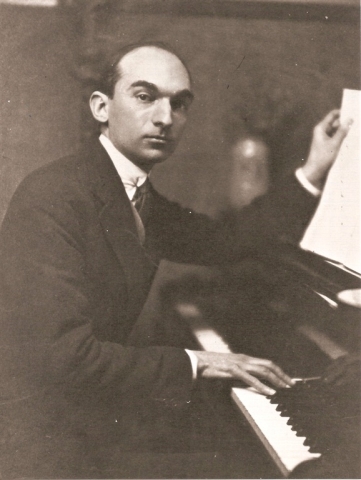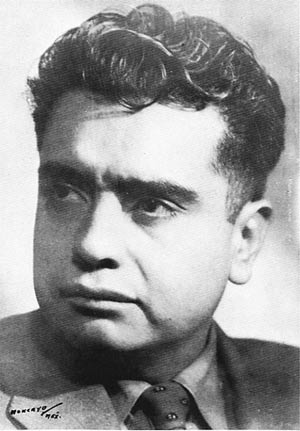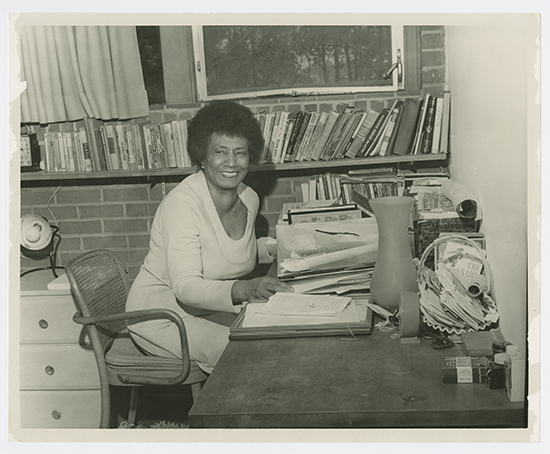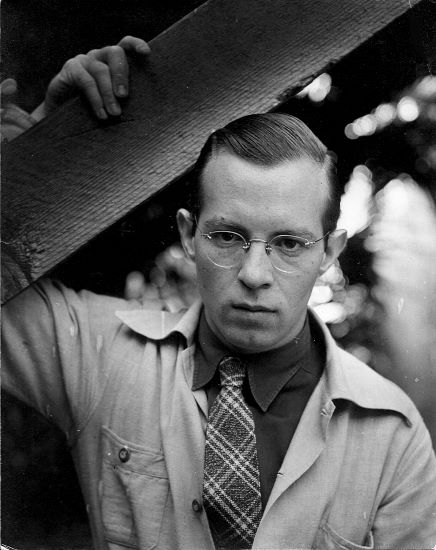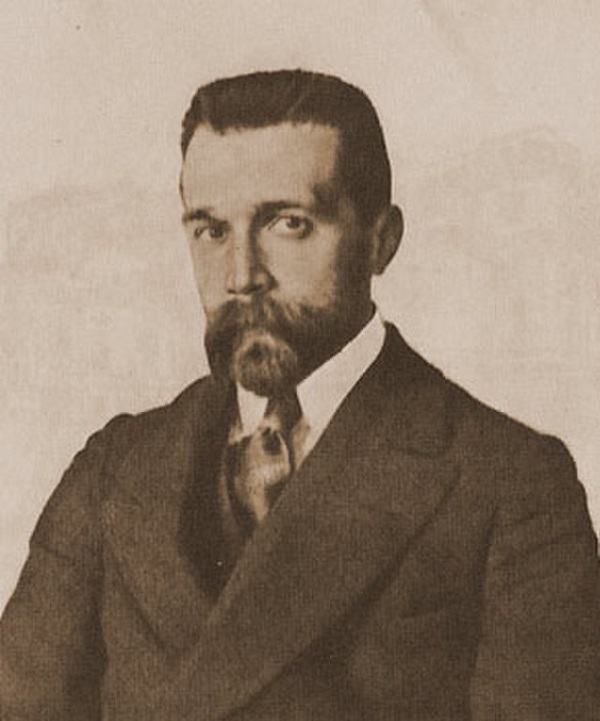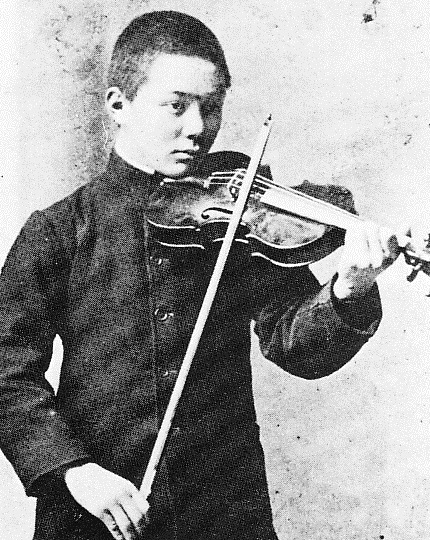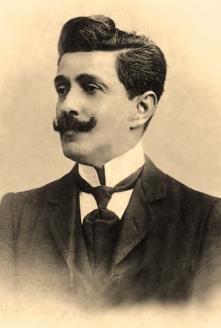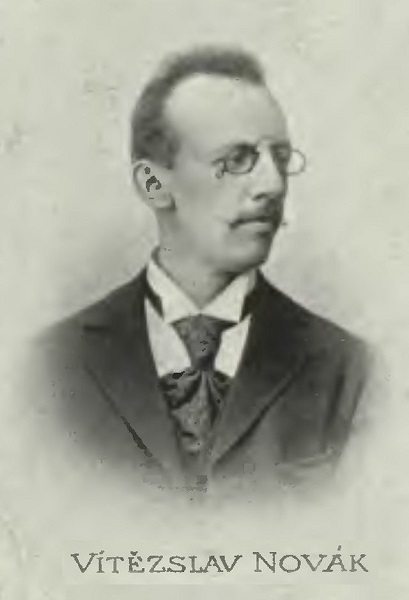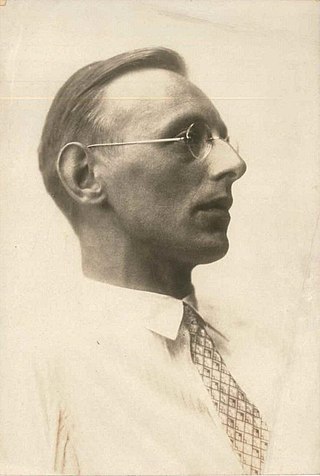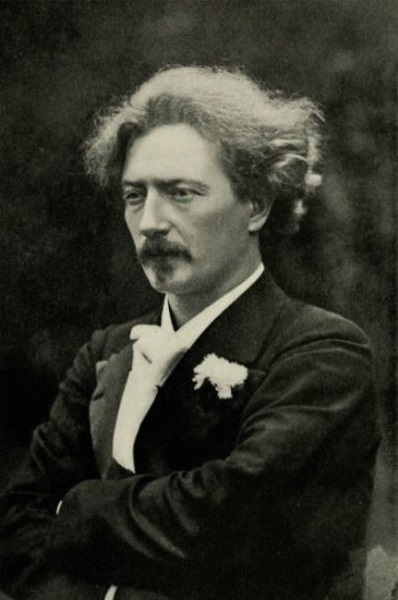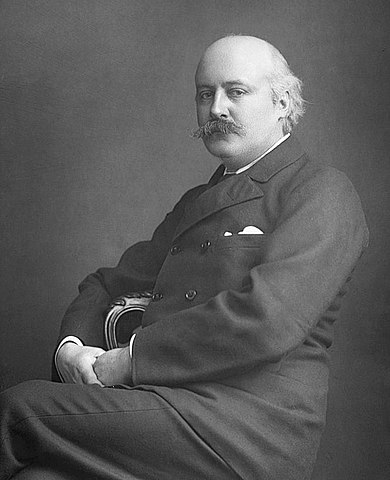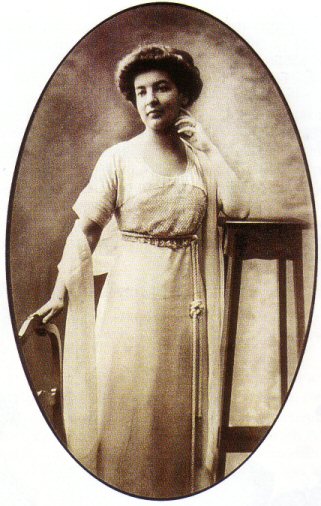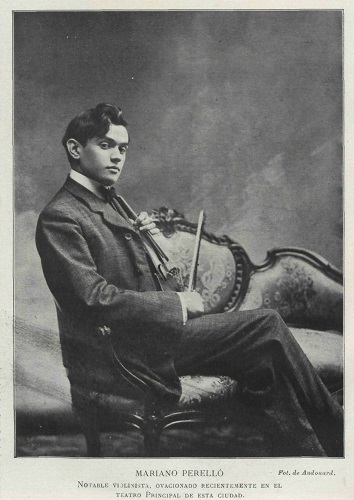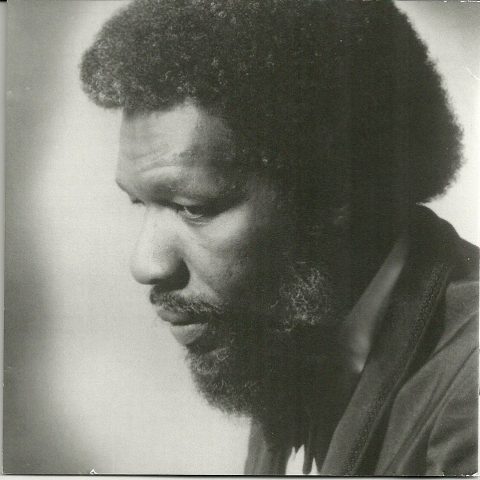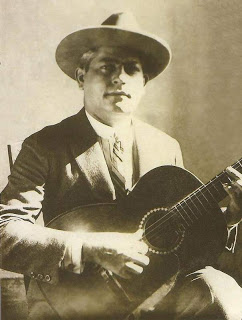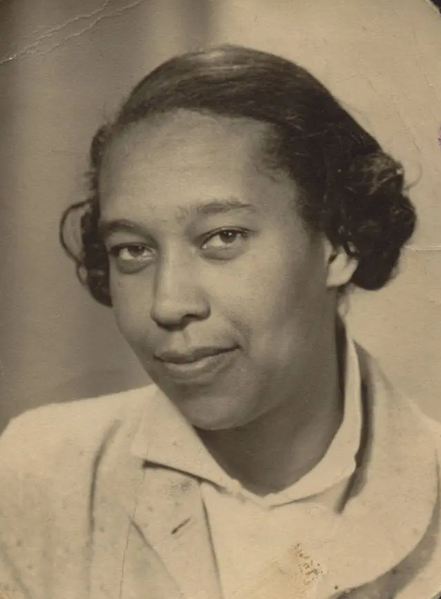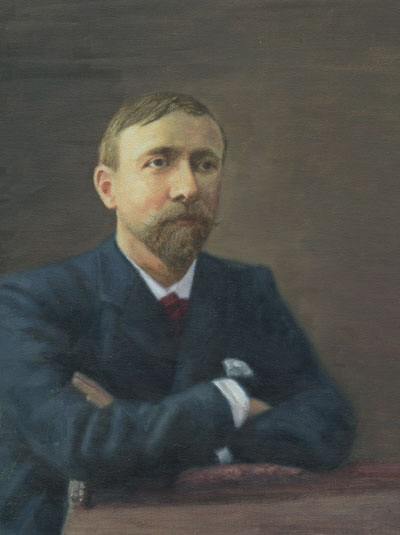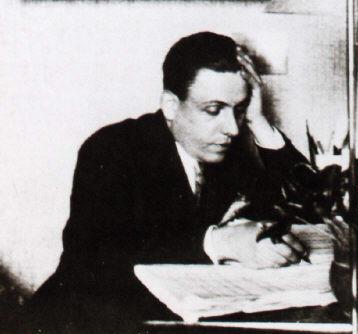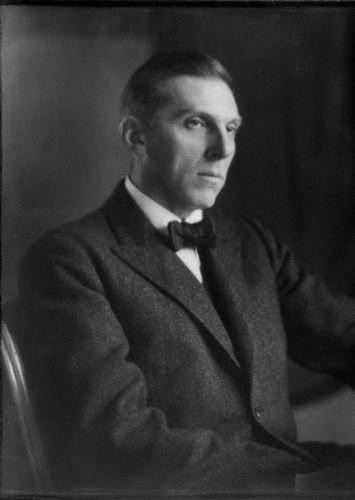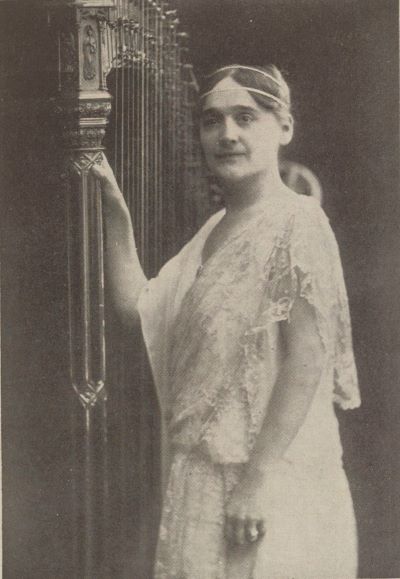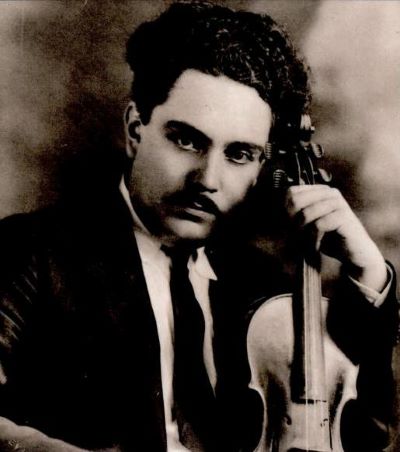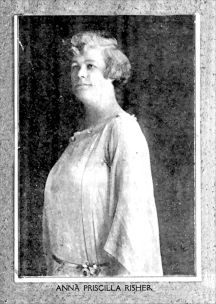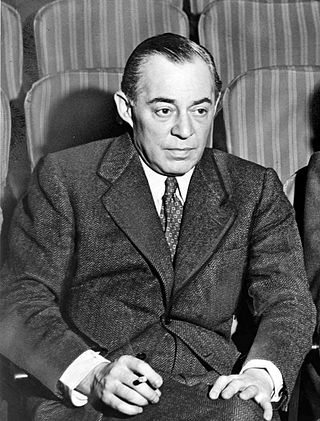Born in Barcelona, 16 April, 1893
Died in Barcelona, 30 June, 1987
[“mum-POW” / PRONUNCIATION]
- Music historians claim that Federic Mompou was first inspired to become a composer after hearing a concert of Gabriel Fauré‘s music as a child. Mompou studied piano as well, but his extreme shyness and introverted nature dissuaded him from pursuing a career as a concert pianist.
- Mompou studied at the Paris Conservatory and subsequently made Paris his home for two decades. He didn’t return to Barcelona until 1941, when he fled German occupation in Paris.
- As a composer, Mompou largely wrote for his own instrument, the piano, and was heavily influenced by French composers such as Fauré, Debussy, and Satie.1
“The best word is the unspoken word, as all know I am a man of few words and composer of few notes… Music is written for the inexpressible, it should seem to come out of the shadow in order to move back in to the shadow.”2

